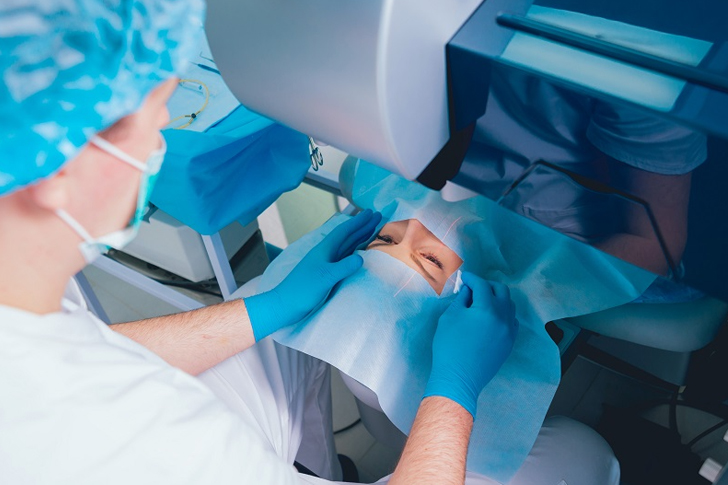Understanding the Cost of LASIK Eye Surgery
LASIK eye surgery, a procedure designed to reduce dependency on glasses or contact lenses, involves the use of lasers to alter the shape of the cornea to correct vision. Over recent years, LASIK has gained popularity thanks to its potential to correct different forms of vision impairments such as myopia (nearsightedness), hyperopia (farsightedness), and astigmatism. However, one of the primary considerations for many considering this form of surgery is the cost involved. By exploring the factors that impact the cost of LASIK, potential financing options, and the long-term financial benefits, we can gain a clearer understanding of this significant investment in one’s visual health.

Initial Costs of LASIK Eye Surgery
The cost of LASIK can vary significantly based on several factors. In the United States, the average cost per eye ranges from $2,000 to $3,000. This price includes a variety of components such as pre-surgery care, the surgery itself, and post-operative appointments and care. Several factors contribute to these costs:
1. **Type of technology**: The type of LASIK procedure influences the cost. Conventional LASIK is generally less expensive than custom LASIK, which uses wavefront technology to create a precise map of the eye.
2. **Surgeon’s experience**: Surgeons with more extensive experience or those who are considered leaders in the field typically charge more for their services.
3. **Geographical location**: Costs can differ based on the city or region where the surgery is performed. Typically, urban areas with higher costs of living may see higher prices for LASIK.
It’s important to note that some advertised prices might seem unusually low. These can be misleading as they often do not include all necessary aspects of the procedure, such as follow-up visits and other essential services post-surgery. It is crucial for potential patients to discuss in detail what is included in the quoted price.
Additional Costs and Considerations
While the surgery itself is the main expense, there are other costs associated with LASIK that should be taken into account. Preoperative care might involve multiple consultations, and specialized tests to determine if you are a suitable candidate, which could add to the overall cost. Additionally, some might require enhancement surgeries post-LASIK to achieve optimal results, potentially increasing the total cost.
Potential complications, although rare, can also lead to further medical expenses. These complications might include issues like dry eyes, which could require treatments and medications not included in the initial surgery cost.
strong>
Financing Options
Given the substantial outlay, many clinics offer financing plans that allow patients to pay for the procedure over an extended period. These plans often come with varying interest rates and terms based on creditworthiness.
Additionally, some patients use funds from Flexible Spending Accounts (FSA) or Health Savings Accounts (HSA) to pay for LASIK. These accounts offer the advantage of using pre-tax dollars to cover medical expenses, effectively reducing the cost. However, it is vital to ensure that LASIK is an eligible expense under your particular FSA or HSA plan.
The Long-term Financial Benefits
When considering the cost of LASIK, it’s beneficial to compare it with the lifelong expense of maintaining glasses or contacts. The average person might spend between $500 and $1,000 on eyewear and eye exams annually. Over decades, this cost can significantly exceed the one-time cost of LASIK.
Thus, while the initial outlay for LASIK might seem high, the investment can pay off in the long run, especially when considering the added convenience and improved quality of life many experience after surgery.
Conclusion
Understanding the full scope of LASIK surgery costs involves more than just knowing the upfront charges. It’s important to consider all related expenses, the surgeon’s expertise, the technology used, and the geographical location of the clinic. Equally, evaluating the long-term savings and financing options available can help in making an informed decision about whether LASIK is a worthwhile investment. As with any medical procedure, thorough consultation with professionals and careful consideration of all potential costs and benefits are essential steps in the decision-making process.







Recent Comments